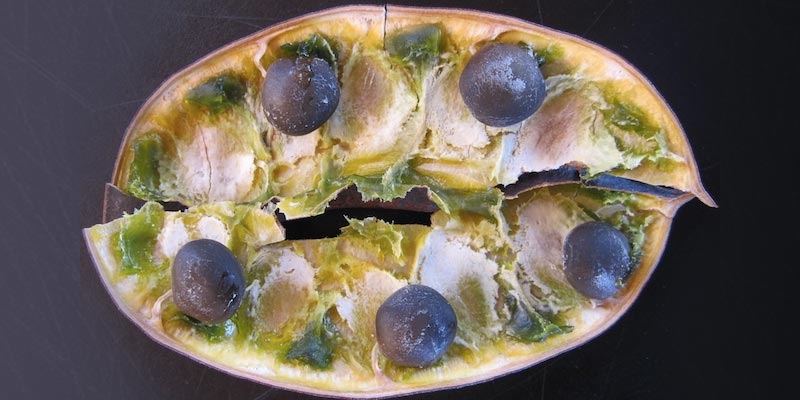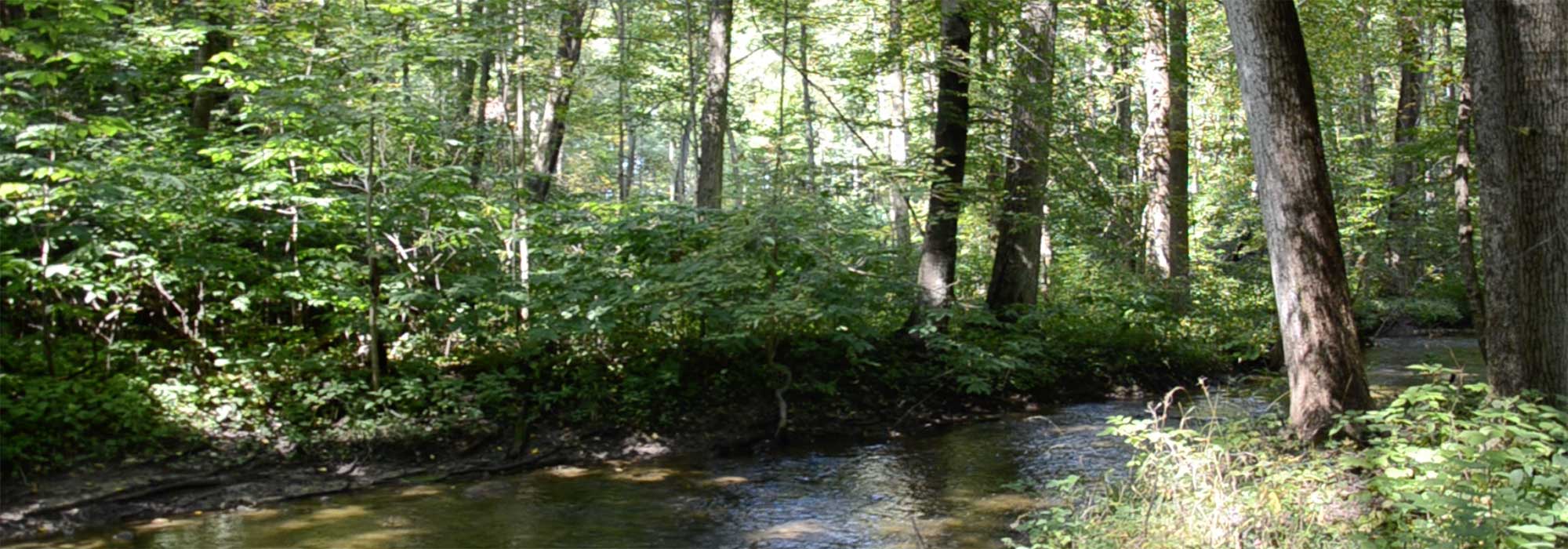Quality, Service, & Forest Stewardship for Over 100 years!
Pike News
Kentucky Coffeetree

Kentucky Coffeetree (Gymnocladus dioicus) is a rare tree species in the woods of Indiana. It is most often found in small patches on limestone outcroppings and bottomland soils, and has scaly, irregular, light-gray bark that curls up slightly at the edges. The leaves are large, up to 3 feet in length. Each leaf has one central stem with several branching stems that bear the small leaflets, which can number more than 100.
Throughout the year on female trees, you will find the short, thick seed pods containing 4-8 beans which give the tree its name. These large roundish beans, the size of a nickel, were roasted by settlers and ground as a poor substitute for coffee. The beans must be roasted first to remove their natural toxins and the pods are also toxic.
Native Americans are reported to have placed large quantities in streams and lakes to kill fish for food. Some scientists also believe that the trees were spread by pre-historic mammoths eating and partially digesting the seeds. This would explain why the tree is so rare. Now that the mammoth is extinct, there is no very large wildlife to eat these seeds, thereby starting new populations.
The lumber of this tree is reddish brown like Cherry, with grain similar to Red Oak. While the lumber is sturdy, easy to work with, and rot-resistant, due to lack of supply, the normal market for this lumber is for craft and hobby wood.

